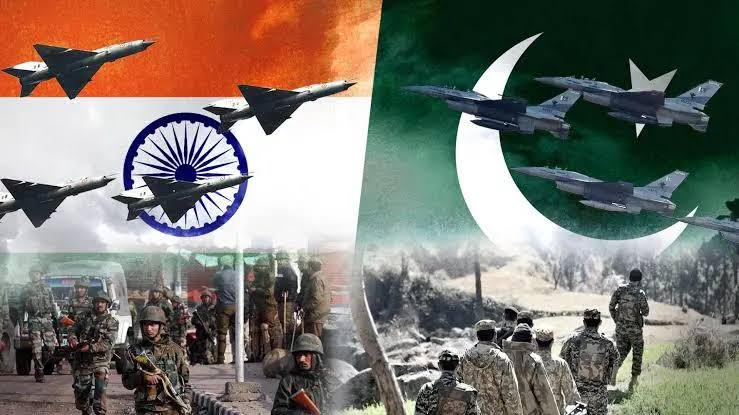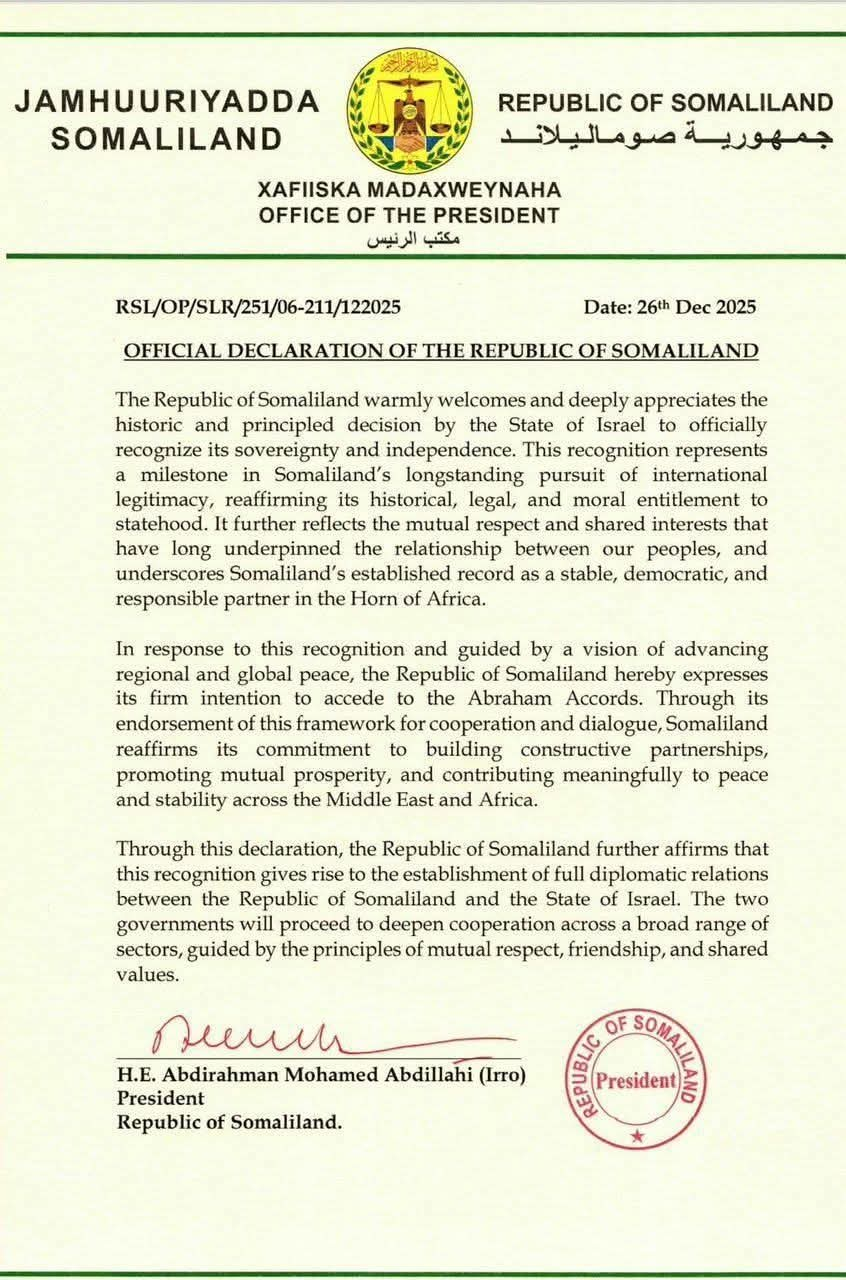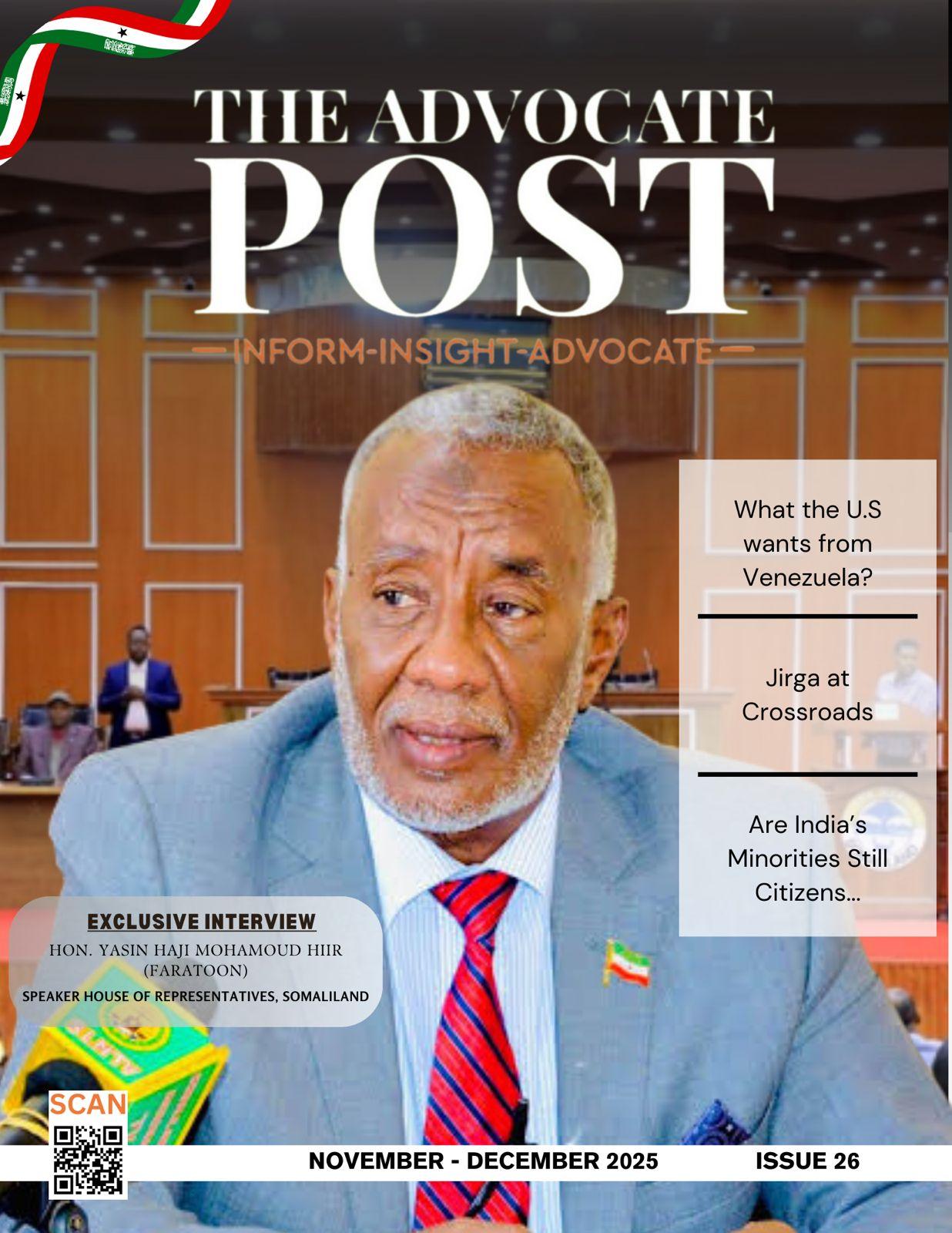ISLAMABAD – May 10, 2025 In an unprecedented escalation between two nuclear-armed neighbors, Pakistan launched a massive retaliatory military operation against India in response to what it described as unprovoked missile and drone attacks by Indian forces on Pakistani airbases, including Chakwal, Noor Khan, Mureed, and Shorkot.
The Pakistani Armed Forces initiated Operation Bunyān Marṣūs (بنیان مرصوص) — a coordinated air and missile campaign that reportedly targeted 26 strategic Indian military sites, resulting in widespread destruction and significant disruption of Indian defense infrastructure.
Key Targets and Destruction in Indian Territory
According to Pakistani military and Indian media reports, the following Indian assets were struck:
- French-made Rafale Jet: Shot down over Sialkot.
- G Top Indian Brigade Headquarters: Reportedly completely destroyed.
- Ammunition Depot in Uri: Destroyed.
- Airfield and S-400 Air Defense System in
- Adampur: The Russian-made \$1.4 billion S-400 system was destroyed.
- Sooratgarh Airfield: Destroyed
- BrahMos Missile Storage Depot in Beas: Destroyed.
- Airbases in Gujrat, Udhampur, Pathankot, Bhatinda, Suratgarh, Mamoon, Akhnor, Jammu, Sarsa, Barnala, Halwar, and Nalya: All reportedly destroyed.
- Akhnor aviation Base; Destroyed
- Dehar Nigyari Artillery, Table Top Post, Phakiyan Sector, Pathiali Top Sector: All Indian military posts reportedly destroyed.
- Indian Artillery Gun Positions in Surat: Neutralized.
- Supply Depot in Uri: Destroyed
Indian Military Intelligence Training Centre: Targeted and destroyed - Rabatalwi and Mann Posts near LoC: Destroyed.
Pakistan reportedly launched 120 ballistic and cruise missilesin this operation using JF-17 Thunder jets and Fateh-1 ballistic missiles, both domestically developed weapons systems.
Cyber and Electronic Warfare
The attack wasn’t limited to physical strikes. According to Pakistani sources:
Pakistan launched a cyberattack that brought down 70% of India’s electricity grid and shut down numerous government and military websites.
Indian military satellites were jammed, temporarily blinding Indian surveillance and communications.
Indian Response and Admissions
The Indian Ministry of Defence has acknowledged attacks on several of its airbases and military installations. However, the Indian government has not provided a complete list of casualties or damages. Reports indicate a state of emergency is being considered in several affected regions.
Shockingly, according to Pakistan’s Inter-Services Public Relations (ISPR), India allegedly misfired six missiles within its own territory — one in Udhampur and five in Amritsar — which the ISPR claims was an attempt to stir communal unrest among Sikh populations, falsely attributing the damage to Pakistani forces.
Civilian and Infrastructure Impact in Pakistan
Indian missile and drone attacks reportedly targeted Chakwal, Noor Khan, Mureed, and Shorkot airbases. Pakistan’s Defence Minister stated that only one car was damaged at Noor Khan base, with no major infrastructure losses. However, civilian casualties were reported, including deaths and injuries, after Indian attacks struck civilian areas.
0605cb57-6980-43d5-ad83-47a2ef544b78
High-Level Reactions from Pakistan
President Asif Ali Zardari
“Pakistan is a peace-loving country, but we were left with no choice but to defend our sovereignty. The whole nation is standing with the Pakistan Armed Forces.”
Prime Minister Shehbaz Sharif:
“Alhamdulillah, Pakistan Armed Forces gave a mouth-breaking response to Indian aggression. We will continue defending our soil with courage and unity.”
Defence Minister Khawaja Asif
“If war occurs, it will not stay confined to the region — it will expand. India brought two nuclear states face to face. We are ready for the next level.”
Deputy Prime Minister Ishaq Dar
“Western and friendly nations believe Pakistan is right. If India doesn’t stop attacking, we will not hesitate to continue.”
Attack on Afghanistan Condemned
Pakistan condemned Indian missile strikes reportedly launched into Afghanistan, stressing that **Pakistan did not launch any attacks on Afghan territory, describing Afghanistan as a “brotherly country.” The government accused India of deliberately escalating tensions across the region.
International Reaction and Mediation Efforts
Global diplomatic efforts are underway, with G7 nations, China, and the United States stepping in to mediate and de-escalate the crisis.
U.S. Secretary of State reportedly contacted Pakistan’s Deputy PM to urge calm and avoid further escalation.
Emergency Political Developments in Pakistan
Prime Minister Shehbaz Sharif held emergency meetings with President Zardari and all political party leaders to build national consensus.
The Director General of ISPR emphasised:
“ when Pakistan responds, the world will hear the echo.”
As the situation remains fluid, the risk of full-scale war looms large. The strategic nature of the targets, the depth of cyber warfare, and the high-level political involvement underscore how close the region is to an unprecedented crisis. Calls for de-escalation continue, but both sides remain on high alert, with Pakistan declaring its armed forces and nation ready for any scenario.






This Post Has 2 Comments
Pingback: Trump Announces Full Ceasefire Between India and Pakistan - The Advocate Post
Operation Bunyān Marṣūs appears to have been a highly strategic and calculated response. I wonder how India will respond, especially considering the loss of such critical assets.